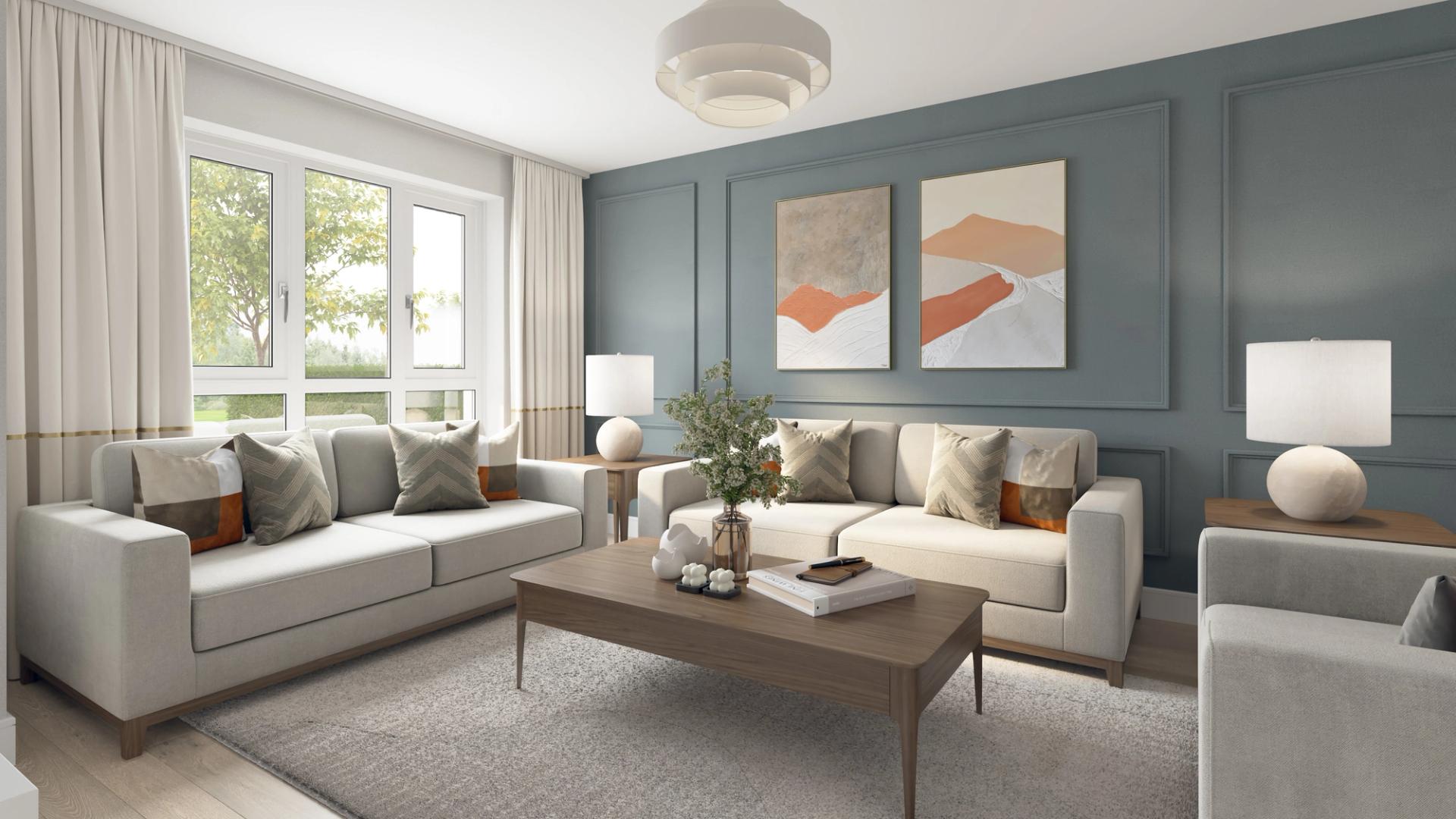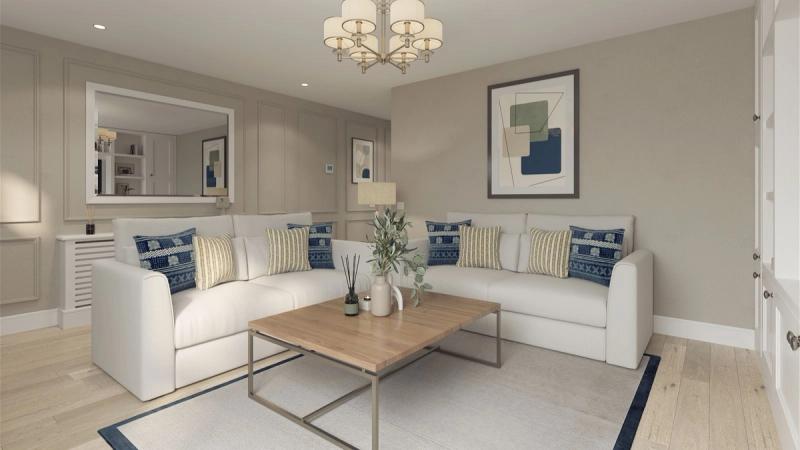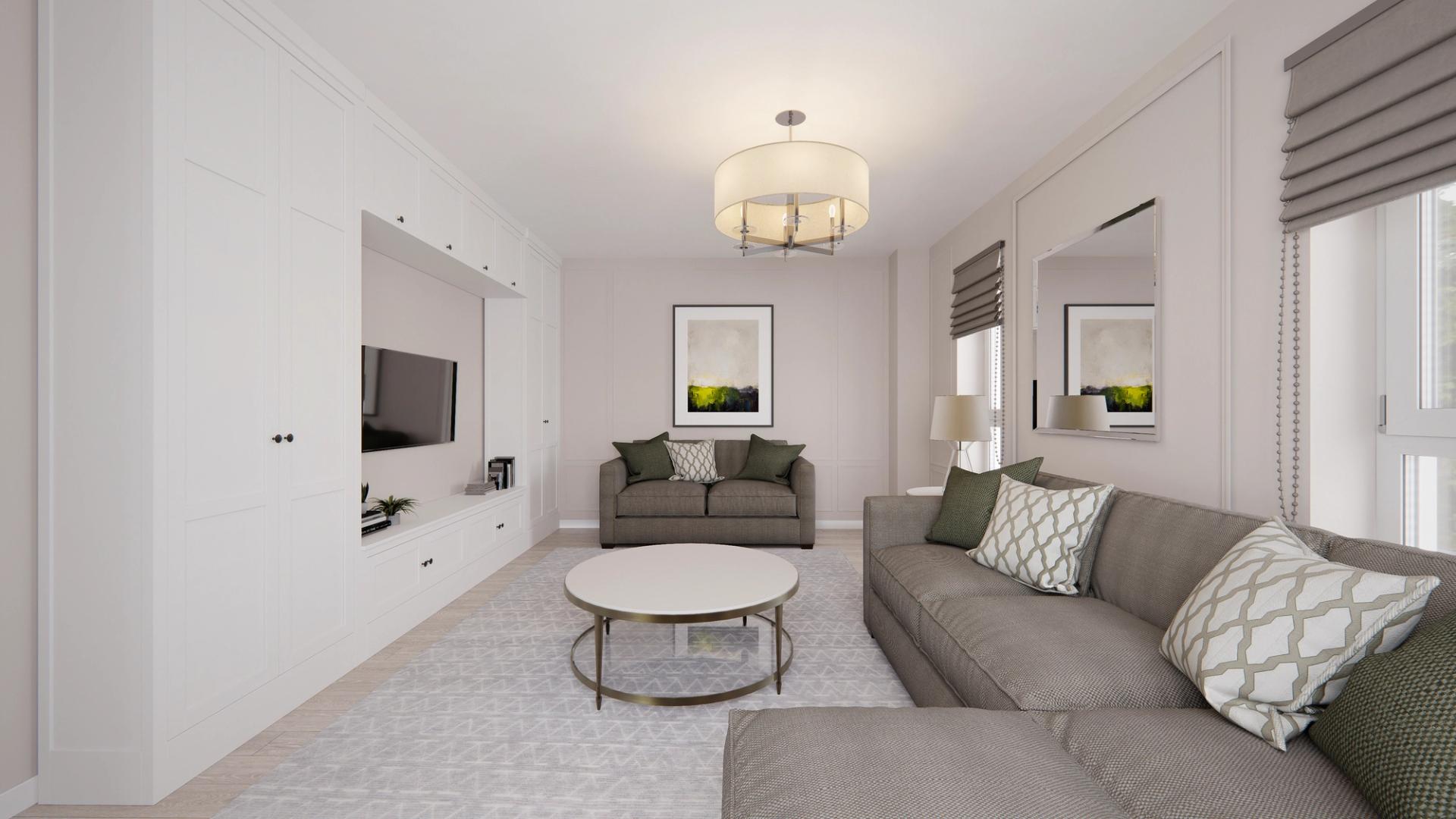


The kitchen might be the heart of the home, but the living room is the soul. Whether you want to unwind with a cup of tea after a long day or are looking to entertain friends at the weekend, the living room is likely the place you’ll want to be. But decorating this space can be a challenge.
There are plenty of big-ticket items in the living room that can make a serious dent in your decorating budget, so it’s best to have a well-thought-out plan when tackling living room interior design.
Some smart thinking about what you’ll use the space for, how you’d like it to reflect your personal style, and what you really do – or don’t – need will ensure that you’re able to create a living room that suits your lifestyle, taste, and budget.
A great place to start when designing your living room is to settle on a design style.
The style you select will influence the textures, colours and materials that you use to breathe life into your living room. What’s more, choosing a style will help you decorate with confidence and help avoid making impulse buys that don’t fit into your space.
There are a few popular design styles that you might want to consider when you’re starting your decorating journey:
Once you know your style, you can create a mood board and use bookmarking websites like Pinterest to save images that you draw inspiration from for your living room design ideas.

Regardless of the aesthetic you choose, measuring your living room is a key step in decorating.
Having accurate measurements will ensure that you know what space you have and can anticipate what furniture you’ll need to fill it. Plus, it will allow you to create a scaled layout diagram that will enable you to see exactly what can – and can’t – fit into your space.
There are a few tricks when measuring to ensure you get an accurate depiction of your living room on paper:
When you’re satisfied that your measurements are accurate, you can either use a pencil, paper, and a ruler or sketch software to draw a scale diagram of the room. This will allow you to figure out exactly what house décor you’ll need for your space.
At this stage, consider what you’ll actually use the living room for. Perhaps you love to host game nights and need space for your guests to act out charades. Or maybe you want a big comfy couch that you can sink into while watching a movie. Considering your lifestyle will help you to make decisions about furniture and layout.
As with any decorating project, allotting funds to your project is an important step in your living room interior design process. Heading to the shops without a plan or budget in mind will likely result in impulse buys that don’t necessarily speak to your style – or your finances.
Go through everything in your home and decide what you’ll keep and what you need to replace, or buy new. Don’t forget about the power of restoring and restyling, either.
You may have a couch or a coffee table that doesn't quite fit your chosen aesthetic. They don’t necessarily need to be thrown out; some new upholstery or a lick of paint could breathe new life into these pieces.
When you know what you have and what you’ll need, you can sit down and start pricing what the various items will cost. If you’re not sure where to start, these are a few areas and items to think about:

A good budgeting strategy is to identify places where you can save and those where you can splurge. The most effective way to do this is to look at what you already have and compare it to the list you’ve made of essential furniture for your living room.
Once you’ve decided on what you need (or want) and have worked out what this could cost, plus what you can afford, it’s time to start buying the pieces that you need.

Whether you prefer to stay at home in your slippers and order online or do your purchasing in person, it’s time to get shopping.
A great rule of thumb when redecorating your living room is to start with the big items first. These pieces will likely be the most expensive and will take up the most space on your floor plan. Their look and feel will also guide the style direction that you’ll follow in your living room.
Don’t forget about the little items though. Art, objects, and other trinkets add personality to a space and make it feel like home.
Keep in mind that pieces can be multi-functional:
Another great tip is to be mindful of your lifestyle. If you have kids in the house, you probably don’t want a couch that’s perched on spindly legs that may break. Pet parents will want to choose materials that can be cleaned easily or, better yet, don’t attract too much fur.
Once your house décor has been gathered, it’s time to start putting everything together to create an inviting living room.
As with the shopping stage, you want to start with the big items. Your rug, sofa, chairs, and tables should be positioned first. Depending on the shape and size of your space, it’s usually best to set the rug in the centre of the room with the sofa and chairs skirting its edges. Then you can work out the best spots for your tables.
When organising your living room décor, try to mix objects of different textures, shapes and sizes to draw the eye in and give it something interesting to look at. Don’t forget to add a bit of greenery too – literally – breathe some life into the space.
Once all of your furniture and décor are in place, you can flop onto your couch, put your feet up and enjoy your new living room.
From everything you need to know when purchasing your property to how to decorate your dream home, Gleanveagh's First-Time Buyers Hub has all the tips and tricks you need.